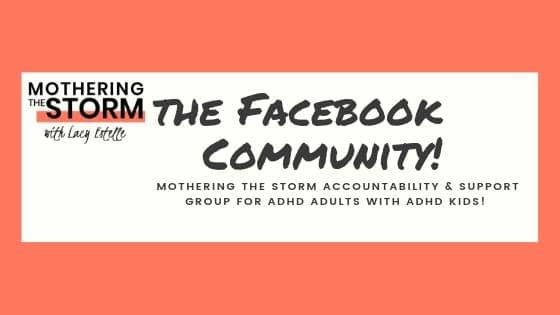This post may contain affiliate links. This means, if you make a purchase from a link on this page, I may receive a small commission at no extra cost to you. You can find our entire disclaimer here.
Tell someone else!
Yoga is not just a form of exercise; it is a holistic approach to health and well-being. The practice of yoga has numerous benefits, from increasing flexibility and strength to reducing stress and creating a sense of inner peace. I explore a variety of beginner’s tips to developing a yoga practice with you to help you understand where to begin and why it’s worth considering.
Understanding the Basics of Yoga
Originating in India more than 5,000 years ago, yoga is an ancient practice with physical, mental, and emotional benefits. It involves a combination of physical postures (asanas), breathing exercises (pranayama), and meditation (dhyana). Each element of yoga serves a unique purpose, contributing to overall health and well-being.

Click Here to Join the Mothering the Storm Facebook Group! An Encouragement Group For Parents who have ADHD and are also caring for an ADHD Child!
Choosing the Right Type of Yoga for You
Many different styles of yoga exist, each with its own focus and intensity. Some types, like hatha or Iyengar, are gentler and more focused on alignment, making them suitable for beginners.
Other styles, like Ashtanga or vinyasa, are more dynamic and challenging. It is important to research and try out different styles to find the one that suits your fitness level and personal goals.
Finding a Qualified Yoga Teacher
A qualified yoga teacher can guide you through the poses correctly, ensuring you do not injure yourself and that you get the most out of your practice. Look for a teacher who is registered with a professional organization, such as the Yoga Alliance, and who has completed a recognized training program.
You might also consider the many benefits of yoga teacher training, even as a beginner yogi. This program gives you the unique opportunity to learn about yoga from a pen-and-paper perspective. You’ll also receive educational insight into anatomy, yogic philosophy, and proper techniques. You do not have to teach yoga upon course completion, but it can help you dive in full steam ahead.
Starting With Basic Poses
As a beginner, start with basic poses that build strength and flexibility gradually. These may include mountain pose, downward-facing dog, and child’s pose.
Remember that the goal is not to achieve perfect form right away but to familiarize yourself with the poses and learn to move your body mindfully. We can best master the art of getting out of our heads and into our bodies through mindfulness and intentional movements.
Incorporating Breathing Exercises and Meditation
Physical postures are just one aspect of yoga. The breathing exercises and meditations are the parts I find most beneficial for people like us with scattered brains. The full experience of yoga embodies a healthy relationship with these two practices.
Pranayama can calm the mind and prepare it for meditation, while dhyana can lead to a deeper sense of awareness and inner peace. If your brain feels scattered or hazy sometimes, yoga might be for you.
Practicing Regularly
The best beginner’s tip to developing a yoga practice is to ensure consistency. Through regular practice, the benefits begin shining bright. With as little as 15 spare minutes a day, you can improve your clarity, flexibility, and strength over time. Find a routine that fits into your schedule and stick to it.
Don’t be afraid to dive into something new or challenging. Yoga might be the answer you need to begin combatting internal fog and external dread.








